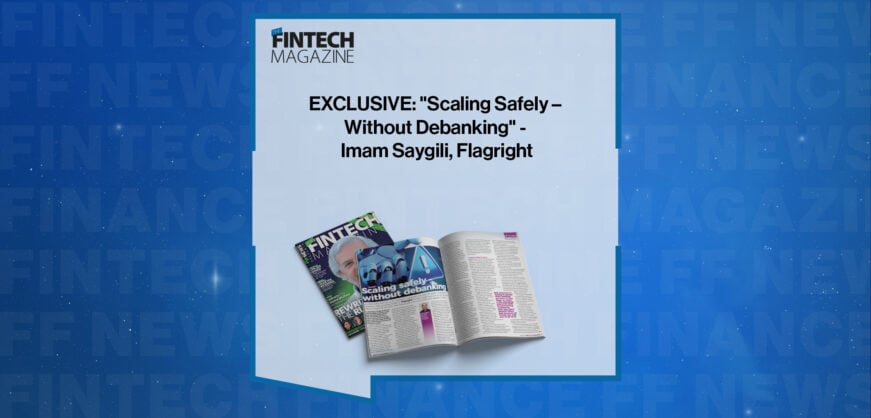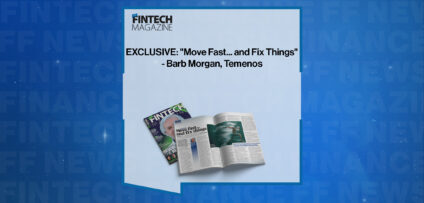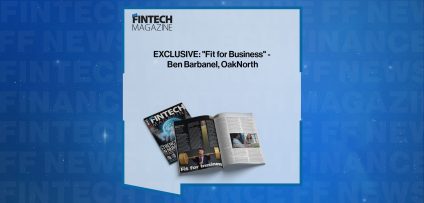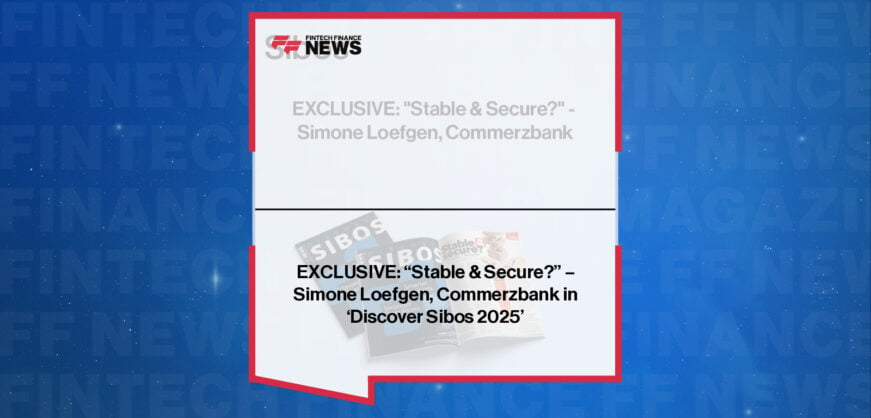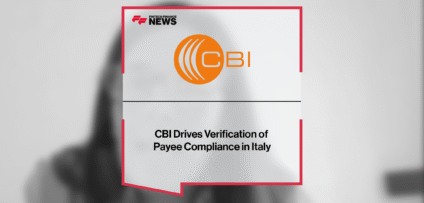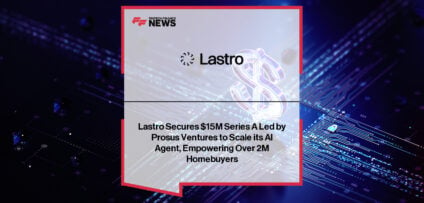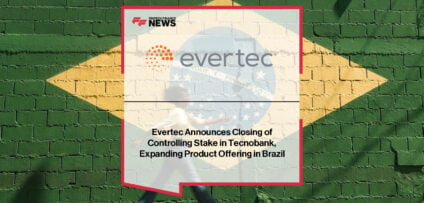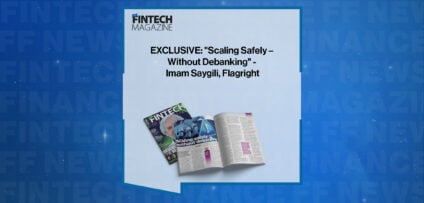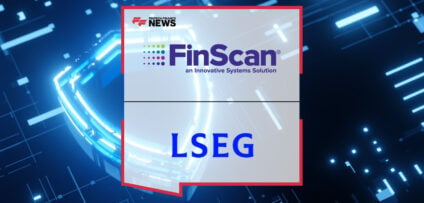Breaking News

EXCLUSIVE: “Time for T+1” – Roberta Bill, SmartStream in ‘The Fintech Magazine’
The US and Canada are ramping up the heat on market participants with the settlement cycle for most trades in securities shifting from two days after the date of trade to one in May. Roberta Bill tells us how SmartStream’s AI can help them beat the clock
Trading settlement times have been reducing gradually since, well, since certificates were delivered on horseback. But in recent years we’ve seen settlement cycles climb down from five business days (T+5) to two (T+2).
Now, the US Securities and Exchange Commission (SEC) is shortening settlement cycles for broker-dealer transactions in the capital markets from two business days, post-trade, to one business day. This will happen in the US on the first trading day after Memorial Day (May 28). Canada, where markets are overseen by the Canadian Capital Markets Association, will move to T+1 the previous day.
The acceleration is partly influenced by the ‘meme stock’ phenomenon of 2021. Catalysed by investors on the Reddit forum r/WallStreetBets, which first used the social network to talk up the value of GameStop stock, it really highlighted how data in the outside world (social media in particular) was travelling faster than internal market systems.
Brokers were unable to keep up with the volume of trading taking place and both markets and regulators found themselves on the back foot in 2020. Understandably there is a desire within capital markets to reduce operational risk and the pre-settlement risk of counterparties not delivering on the settlement date.
HSBC relationship director Neil Atkinson has been quoted as saying that ‘removing one day’s exposure to that risk could translate into a 41 per cent reduction in the volatility component of central counterparties’ margin requirements’.
He also said the reduction to T+1 would impact investors around the globe, due to the US capital market being the largest in the world. In theory, the efficiency and reliability of trades should improve, and trading costs should decrease. Respected US market commentator Jim McCaughan observed in the Financial Times:
“Markets that don’t offer T+1 should be expected to see declining liquidity and to lose out to any competitors who can trade the same securities with such a settlement.”
Now, in Canada and the US, they will have no choice. But the change is not without its challenges and there are several considerations for financial institutions as the date bears down upon them. One of the main concerns is whether legacy systems can handle this sudden increase in speed. The necessity of the move doesn’t ease the fact it has probably come a little sooner than preferred, given the complexity.
This view was shared by one brokerage technology firm BetaNXT, which also pointed out the differences between this development and the move to T+2 in 2017, which involved the industry pushing regulatory change.
This time, the SEC is pulling the industry towards the shorter settlement cycle, in response to trends.The Indian markets moved to T+1 in 2023, and whilst their pioneering is likely to be rewarded, there are lessons to be learned. For example, the rate of late settlements has increased, as some players experienced operational disruption due to the change.
Many will be seeking to avoid that in the American markets. Accounting systems will, inevitably, need to operate more rapidly as any failures will become costly to deal with.
One of the main implications of this move, and what will likely cause the most headaches, is the need for reconciliation and confirmation to be watertight when there’s less time to carry out these responsibilities. It’s argued that automation in trade-related functions is going to be more necessary than ever.
This is a sentiment shared by Virginie O’Shea from Firebrand Research, who was quoted by Swift as saying: “Same-day affirmation under T+1 will be more painful for firms who are still using manual processes. This will require firms to move to full automation.”
“SmartStream Air can be used as a handy co-pilot, to get you through day-to-day duties, which usually take hours. They can now be done in minutes”
THE CASE FOR AUTOMATION
In 2023, reconciliation experts SmartStream Technologies released a whitepaper report, in partnership with WatersTechnology, looking ahead to the T+1 date and what the impact would be. The report claimed that, in complying with the SEC’s mandate, ‘firms will need to automate trade-related processes that are currently manually intensive.’
Roberta Bill, product manager for SmartStream Air, the reconciliation software powered by AI, which was developed in the company’s Innovations Lab, says tools like this are becoming increasingly important as institutions move towards tighter time frames.
“In the financial sector, you have a lot of work, such as data validation, that relies on manual data entry,” says Bill. “A lot of hours and manpower go into it. Using AI can relieve the system when you automate things like data validation and data entry.
“SmartStream Air can be used as a handy co-pilot, to get you through those day-to-day duties, which usually take hours. They can now be done in minutes.
“The SmartStream/WatersTechnology paper found that collateral management, intraday liquidity management and reference data management were all functions that would be impacted by the T+1 move. Indeed, almost 80 per cent of respondents to the companies’ survey believed their own reconciliation functions would be impacted.
The paper went on to stress how important reconciliations are to the trade settlement process and how the compressed time frame of the incoming T+1 settlement cycle, combined with growing data volumes, will exert pressure on firms’ reconciliations infrastructure – particularly those comprising fragmented legacy systems and manual processes.
“Firms should therefore have a proven reconciliations system able to handle multiple asset classes and large data volumes and be capable of dealing with new and existing data formats,” it said.
The paper points out how AI and machine learning have been deployed in this area to great effect and cites examples of reconciliation involving large and complex datasets, reducing them from days to seconds, while accruing a number of other benefits. Bill outlines where a combination of AI and human intervention could play a serious role in streamlining reconciliations.
“It’s important to have real-time data at your fingertips, to pull up when there are breaks, and when there are exceptions in the system,” she says. “Human intervention is needed in those cases to read breaks and exceptions, but AI helps make that time more efficient. So, rather than waiting days for those bits of information, as some of the banking sector currently does, you’re getting it in seconds and can reconcile the data straight away.”
Given the changes happening in the US, that’s likely going to be more necessary than ever. Bill goes on to point out other ways the SmartStream Air platform could help institutions to not only keep up with new time constraints but also keep in line with regulations. As a co-pilot, she says, it can help with complex in-house governance and compliance policies.
“Banks and FIs use Air AI to automate their reporting to visualise and rectify the situation as quickly as possible. This removes the need for manual end-user applications and means they can use Air as their core framework,“ explains Bill.
SmartStream has clients that use SmartStream Air reconciliations to comply with Europe’s MiFID II and other regulations governing trading in and with the EU.
“They’re using it for transactional reporting and their traded on trading venues (ToTVs), making that more accurate and further cutting down time,” she says. “They’re able to pull reports and enter data very quickly. Our ‘drag and drop’ allows for file upload within seconds, so that cuts down on the time that you’re manually inputting a file.“
That such technology is available should be good news for US-based institutions facing tighter timeframes. As HSBC pointed out, it’s clear that ‘developing improved automation will be key to maximising the benefits of a global shift to T+1’. And what of T+0?
There’s certainly a desire to get there and the Indian markets are already heading in that direction. In theory, the technology is already available to make it happen, says Bill. As she points out, for banks and institutions, ‘to be able to pull real-time data directly from their servers and their systems and to see when issues are occurring, mitigates risks, reduces working times and makes systems more efficient’. And that sets them up to deal with T+0 if and when it happens.
The shift to atomic settlement won’t happen overnight. We need to cross the immediate hurdle of T+1 first. And, as HSBC’s Leahey points out: “Right now, anything approaching real-time settlement would jeopardise important risk reduction and capital efficiency within today’s settlement infrastructure.“
But a key way to achieving T+0 effectively is likely going to be partnering with third party technology providers. The SmartStream/WatersTechnology paper found that almost half (47 per cent) of respondents were already looking to third-party providers to make T+1 happen, setting them up for a successful transition to T+0 further down the line.
But, for now, it’s one step at a time
This article was published in The Fintech Magazine Issue 31, Page 20-21
People In This Post
Companies In This Post
- EXCLUSIVE: “Stable & Secure?” – Simone Loefgen, Commerzbank in ‘Discover Sibos 2025’ Read more
- CBI Drives Verification of Payee Compliance in Italy Read more
- Lastro Secures $15M Series A Led by Prosus Ventures to Scale its AI Agent, Empowering Over 2M Homebuyers Read more
- Evertec Announces Closing of Controlling Stake in Tecnobank, Expanding Product Offering in Brazil Read more
- EXCLUSIVE: “Scaling Safely – Without Debanking” – Imam Saygili, Flagright in ‘The Fintech Magazine’ Read more






